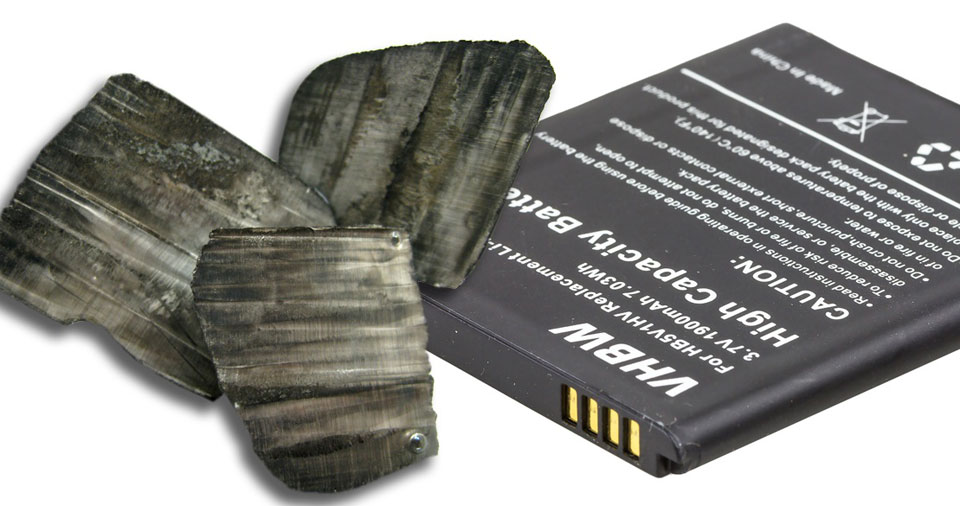
Four decades ago, the People’s Democratic Party of Afghanistan (PDPA) was in power. The government was secular, not religious, and the country a republic.
The advances the PDPA government made in the late 1970s and 1980s for the people of Afghanistan, and for women, in particular, were enormous—before the U.S. and its allies, including Britain, NATO, the theocratic dictatorships in Iran and Saudi Arabia, and the secret services of Pakistan, together with the most reactionary forces in Afghanistan, so shamefully brought it down in 1992.
Moves to release women from centuries of feudal subjugation and less than human treatment had begun in earnest in the 1920s, profoundly influenced by the 1917 Revolution which replaced the tsar’s Russian empire with a socialist republic, with which Afghanistan signed a friendship treaty in 1921.
As time progressed, the bid to secure equal rights for women was driven by an influential women’s movement. Women were first accepted at the University of Kabul in the early 1950s.
Afghanistan’s 1964 constitution introduced, at least on paper, universal suffrage, the right of women to run for public office, enter the professions, and appear unveiled in public. However, practice dragged far behind the letter of law, especially, but not exclusively, in rural areas.
The PDPA government was determined to change this on a permanent basis. Huge strides were made in embedding women’s rights, as well as in building the infrastructure of a country on a democratic and peaceful path, developing public services, bringing access to education and healthcare to all, and eradicating poverty.
This momentum was witnessed in 1988 when the Women’s International Democratic Federation (WIDF) sent a delegation to Afghanistan in which the then president of the National Assembly of Women (NAW, founded on March 8, 1952), Barbara Switzer, participated.
It was destroyed in 1992 for no other reason than to secure geopolitical control of Afghanistan, and access to its valuable resources, for U.S. imperialism, regardless of the cost to the people and the country’s trajectory out of feudalism.
It was a disaster for the women of Afghanistan and laid open the path for the Taliban, enabling the ruthless Islamic fundamentalists, trained in Pakistan, to take power in 1996 and impose sharia law.
This put the struggle of women against violence and for equal rights back by decades. But the incoming Taliban regime was seen by the West as one which would stifle, albeit brutally, the development of any progressive tendencies in Afghanistan — without the U.S. and allies having to lift a finger in the country, while always leaving imperialism with a pretext to intervene directly should its hegemonistic designs require it.
Concern for women’s rights, democracy, and progress for the mass of people featured not at all in imperialist thinking.
Five years later, following the al-Qaida attack on the World Trade Center in September 2001, the U.S. and allies opted once more for direct intervention in Afghanistan, the so-called “War on Terror,” though Saudi Arabia was demonstrably the source of most al-Qaida commanders and combatants and their funding.
Having attacked al-Qaida bases in the Tora Bora cave complex in eastern Afghanistan, close to the border between Afghanistan and Pakistan, the real purpose of the catastrophic intervention was revealed—to oust the Taliban, which had served their purpose, and put a directly pro-U.S. regime into Kabul backed by an international imperialist army of occupation. It led to 20 years of war in which Afghanistan was laid waste.
Public opinion worldwide was fed the myth that all this was somehow about following up al-Qaida’s defeat with humanitarian support for the people and protection of women’s rights was frequently referenced. Across the world, however, those struggling against the war in Afghanistan and for the right of the Afghan people to determine their own future totally rejected that “justification.”
That they were right to do so has now been vindicated. John Bolton, former U.S. ambassador to the U.N. in 2005-6 and Donald Trump’s national security officer in 2018-19 has categorically stated in recent weeks that the U.S. operation in Afghanistan had nothing to do with supporting its people, nor with bringing democracy nor with charitable assistance. It was only ever about pursuing the interests of the U.S.
In the light of that, we would do well to be cautious about labeling the exit of America and its allies a “defeat.” The planned reinstatement of the Taliban presents significant economic, political, and strategic advantages to the U.S.
Three presidents—Obama, Trump, and Biden—have worked over a number of years to extricate their forces and concentrate them elsewhere, including on the Asia-Pacific seaboard, in their mounting confrontation with rival China.
Ongoing war in Afghanistan has also offered no possibility of exploiting the rich deposits of minerals with which to fuel the global transition from oil-based to electric-powered transport, a multi-trillion-dollar transition that the conglomerates and governments of imperialist countries are determined to control.
Presence of the biggest supply of lithium for batteries anywhere means the country is now dubbed “the new Saudi Arabia” and the eyes of the world are on it.
So far as the West is concerned, the Taliban also offers the potential of exporting radical Islamic destabilization to neighbors and rivals — in the north, to former Soviet republics allied with the Russian Federation, and in the east to China’s western provinces.
They also ensure that progressive changes are threatened and thwarted across the region and that a continually unstable Middle East can be maintained in which U.S., Britain, and allied powers can implement their strategies at will.
This is why the U.S. has been in protracted negotiations with the Taliban and planned its return to power with not a care for the impact on the Afghan people and the horror for women, as events in August have shown.
The women of Afghanistan are right to dread the reimposition of sharia law by the Taliban and to reject their public relations announcements that, provided women live by it, they will be safe. Many have long memories of former Taliban atrocities and already moves against women, including physical attacks, rape and sexual assaults, forced marriages, including of children, and exclusion from study, work and the social sphere have, within days, shown what is in store.
The situation of women under sharia law since 1979 in neighboring Iran is also a living testimony to the cruelty and hatred of unbridled fundamentalism.
In a recent statement of solidarity with the women of Afghanistan, the Democratic Organization of Iranian Women (affiliated to Women’s International Democratic Federation–WIDF) has said: “We, the people of Iran and Afghanistan…both carry the wounds inflicted on us by political Islam, with backwardness and misogyny as its main characteristic.”
The presidency of the WIDF has called on us all to stand with Afghan women in defending their rights. As Sahra Karimi, the famous Afghan filmmaker, put it, we must be their voice outside the borders of Afghanistan.
That means showing publicly and repeatedly that the U.S. and British never did and still do not care about women and girls there. It means opposing further intervention of any kind on the part of our government in Afghanistan and putting all pressure possible on Westminster to sever Britain’s toxic partnership with the U.S. and involvement in Nato.
It also means working in solidarity with the women of Afghanistan and their organizations and with all progressive currents to support the people’s struggle against poverty, war, and discrimination and for a democratic and peaceful future.
Liz Payne is a member of the National Assembly of Women executive. This article was first published in Sisters, the magazine of the NAW.
This article was reposted from Morning Star.










